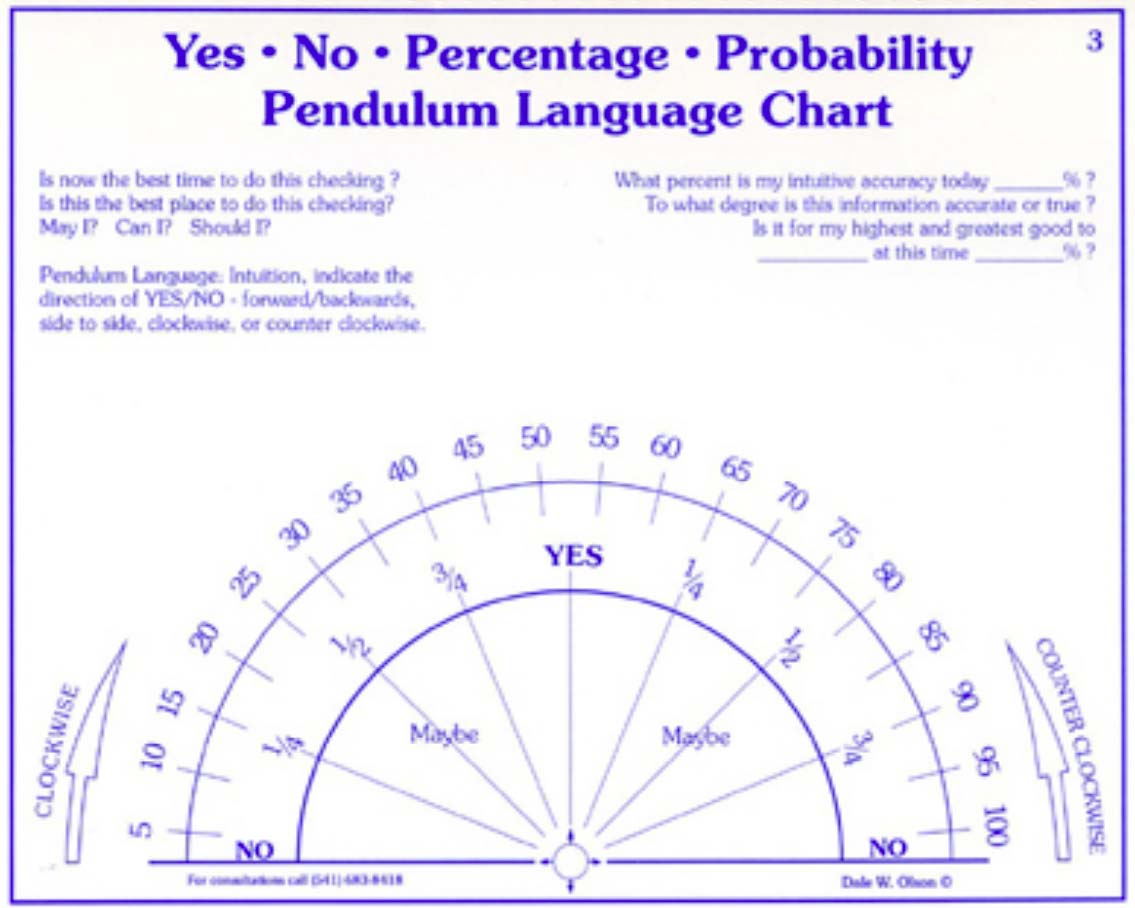The Swinging Pocket Watch — Creating Trance with Eye Fixation By: Roxanne Louise, MHt
The 19th century Scottish physician who coined the term ‘hypnosis’, Dr. James Braid, found that staring creates a hypnotic state. Hence, many old-time hypnotists used a swinging pendulum (sometimes a pocket watch on a chain) for that purpose.
The object would be held slightly above the client’s eye level, so he had to look up at an angle. The client would be asked to stare while suggestions were given for eye fatigue, closure and hypnosis. For example, “as you stare at the pendulum moving back and forth, your eyes are getting sleepier and sleepier, you’re becoming more and more relaxed, and your eyes want to close right down. That’s right, closing right down now. Sleep!”
Ideomotor Response
My first introduction to a pendulum came with my initial hypnosis training with Dick Harte in 1989. He called it Chevreul’s Pendulum after the 19th century French scientist, Michel Eugene Chevreul, who found that it was a way to elicit an ideomotor response –those small unconscious movements that are caused in response to our thoughts.
Thought alone could cause a small weight on a string to move. If the mind could be programmed to cause the pendulum to move in one direction when the answer was ‘yes’, and another direction when the answer was ‘no’, then information below the level of conscious awareness could be obtained.
While kinesiology is another way to solicit unconscious information with a ‘yes’ and ‘no’ response, using a pendulum is much easier on the body. Today, hypnotists are less likely to create an ideomotor response with a pendulum. Instead, the more frequent method used is to induce hypnosis and then program the client to indicate his response to questions with finger movements instead.
Once hypnotized, it is suggested to the client that he lift a specific finger when the answer is ‘yes’, another to mean ‘no’, and perhaps a third finger lifting to mean ‘I don’t know’. The advantage of this finger method is that the client does not have to continue to hold the pendulum throughout the hypnosis, which can last a long time.
Whereas the advantage of the pendulum is that the client does not have to be hypnotized or to even close his eyes to signal the true feelings of his subconscious mind. And further, that the client can do it on his own to get answers for himself. And as you already read, the hypnotist can easily transition from eye fixation with the pendulum to trance induction.
Uncovering the Buried Origins of Problems in the Subconscious Mind It is extremely important to develop a way to determine your true beliefs and inner feelings. All too often you don’t know. You may repress them or lie to yourself. And while some of the root cause of issues can be recovered through hypnotic age or past life regression, the negative judgments and trauma causing a problem may be so buried in time, may have been absorbed in the womb from someone else, and the resulting fears so deep that it was passed on from our ancestors along with the DNA–all things that you can never discover consciously.
Talk therapy
will never reach it. Other methods have to be employed, and dowsing is one way to do so. Dowsing is the fastest way to tap into the subconscious mind for answers!
Learning to dowse (the art of tapping into your subconscious and Higher Guidance with a tool such as a pendulum as the read-out device) is perhaps the easiest way to develop your intuition and self-awareness, your inner wisdom and other resources for guidance and resolution of issues. Not only can you find out why you repeatedly procrastinate or self-sabotage, but you can then do something about it by correcting erroneous ideas, internal fears, conflicts, and traumas.
Talking to the Subconscious Mind with the Pendulum
If you learn to dowse with a pendulum, you could ask, “On a subconscious level, how
committed am I to ____ (stop smoking, follow through with ____)?” You could turn to a
percentage chart such as the one below, and ask, “On a scale of 0 to 100, to what degree is
my subconscious willing to _____?”

Here is a chart from Dale Olson that you can download free from his website, getintuitive.com. [Dale has written a number of dowsing chart books that are available for purchase.]
What questions can the hypnotist ask while the client is holding the pendulum. Once the client has ‘yes’ and ‘no’ response movements established, the hypnotist could follow with questions to find out the extent of unconscious resistance or cooperation, and more. He could even turn it into the full therapy, which is precisely what dowsers do. For example,
• “Unconscious mind, do you know the cause of _____’s(name) problem of ____?”
• “Is there only one cause? Are there two? three or more?”
• “Do we need to know what caused this problem of ___ in order to ____ (heal, resolve or release it)?” [If you get a ‘yes’, then you will have to ask a lot more questions in or out of hypnosis.]
• “Are you, unconscious mind, willing to assist (name of client) to ____ (heal, resolve, or release any further need for that problem of _____)?
• “Are you, unconscious mind, willing to assist (name of client) to do _____ instead?
• Can you, unconscious mind, _____ (heal/resolve/release any further need for that problem)?
• “Are you willing to do so now?”
• “Then close your eyes and do so, and don’t reopen them until you are done. Start
now.”
Using the Pendulum as a Suggestibility Test.
At the beginning of the first meeting with a client, the hypnotist might want to know how amenable to suggestion or resistant (fearful) that client is. This will affect the type of approach used with that client.
Is an authoritarian (telling the client what he will experience) or permissive (suggesting possible things he may or may not experience) approach going to work better? Does the client have a need to be in control out of fear that has to be addressed up front?

How to Do the Suggestibility Test
Place a picture of a large circle with a vertical and a horizontal line crossing in the middle similar to the one above from my colleague Cal Banyon’s website, hypnosis center.com. Have the client sit or stand directly over the paper and hold a pendulum a couple of inches off the center of the crossing point. Ask him to stare at the diagram and move his eyes up and down the line.
Then say as you move your finger up and down “As your eyes move up and down the line, ____ [choose one of below]
Permission Approach: “you may find that there is a tendency for the pendulum to begin to move up and down the line as well.”
Authoritarian Approach: “the pendulum will begin to move up and down the line as well.” Once the pendulum is moving from either approach, switch to moving the eyes side to side along the horizontal line. Either way, movement indicates the client’s openness to suggestion by the hypnotist.
If the pendulum does not move at all, he is ‘resistant’, which only means that he possibly being so analytical that he is getting in the way, that he is saying it is humbug, or that he needs to be in control and work against any suggestion given to him.







